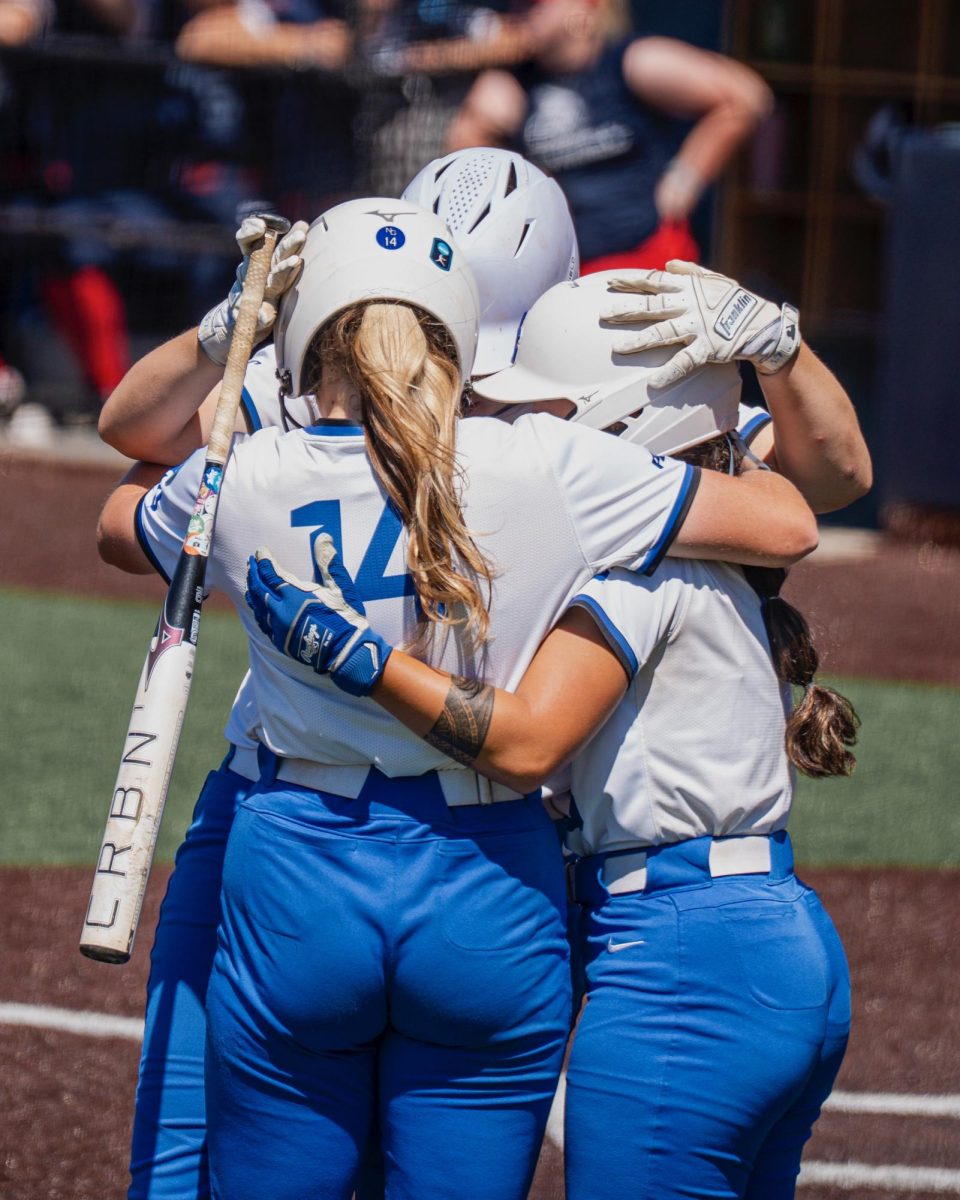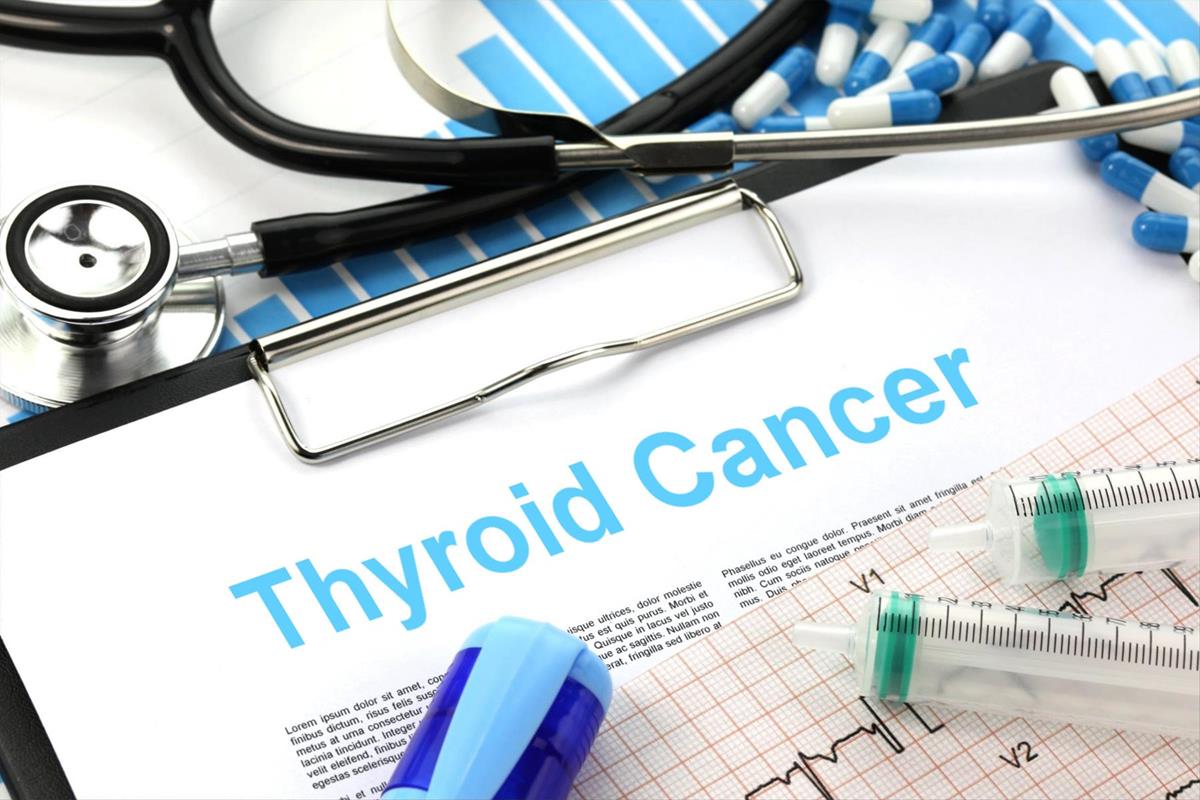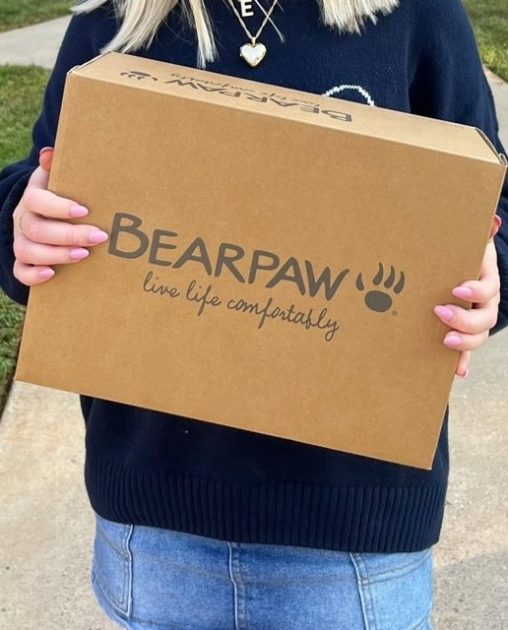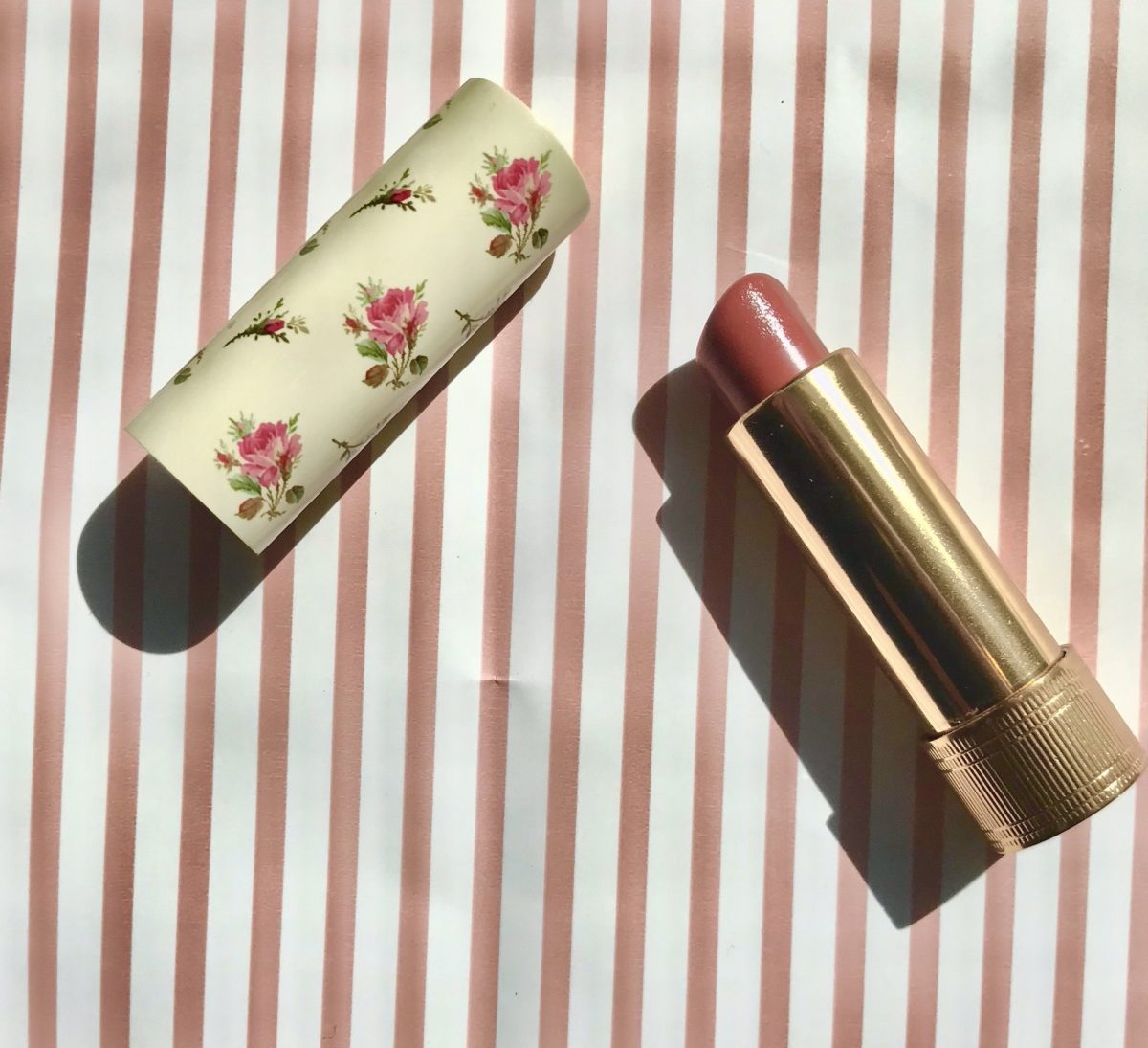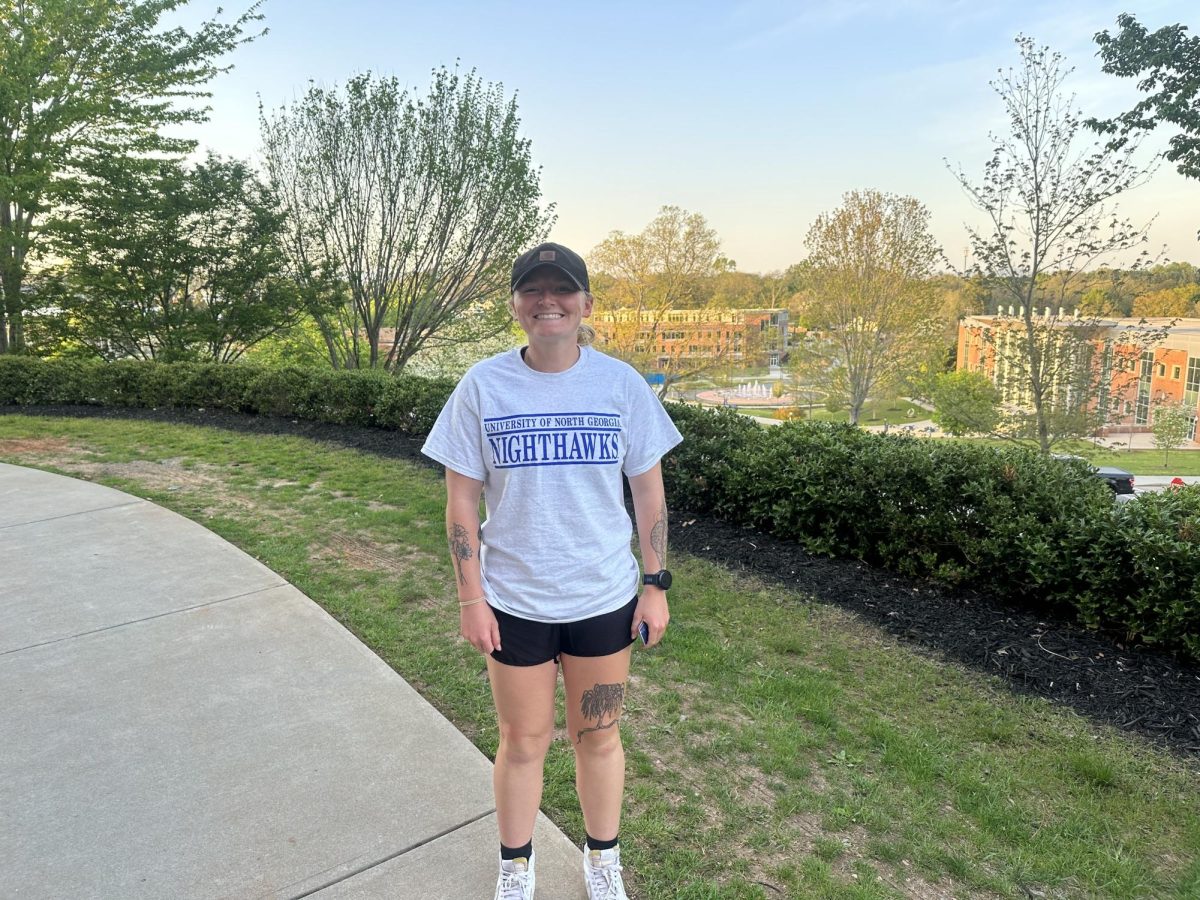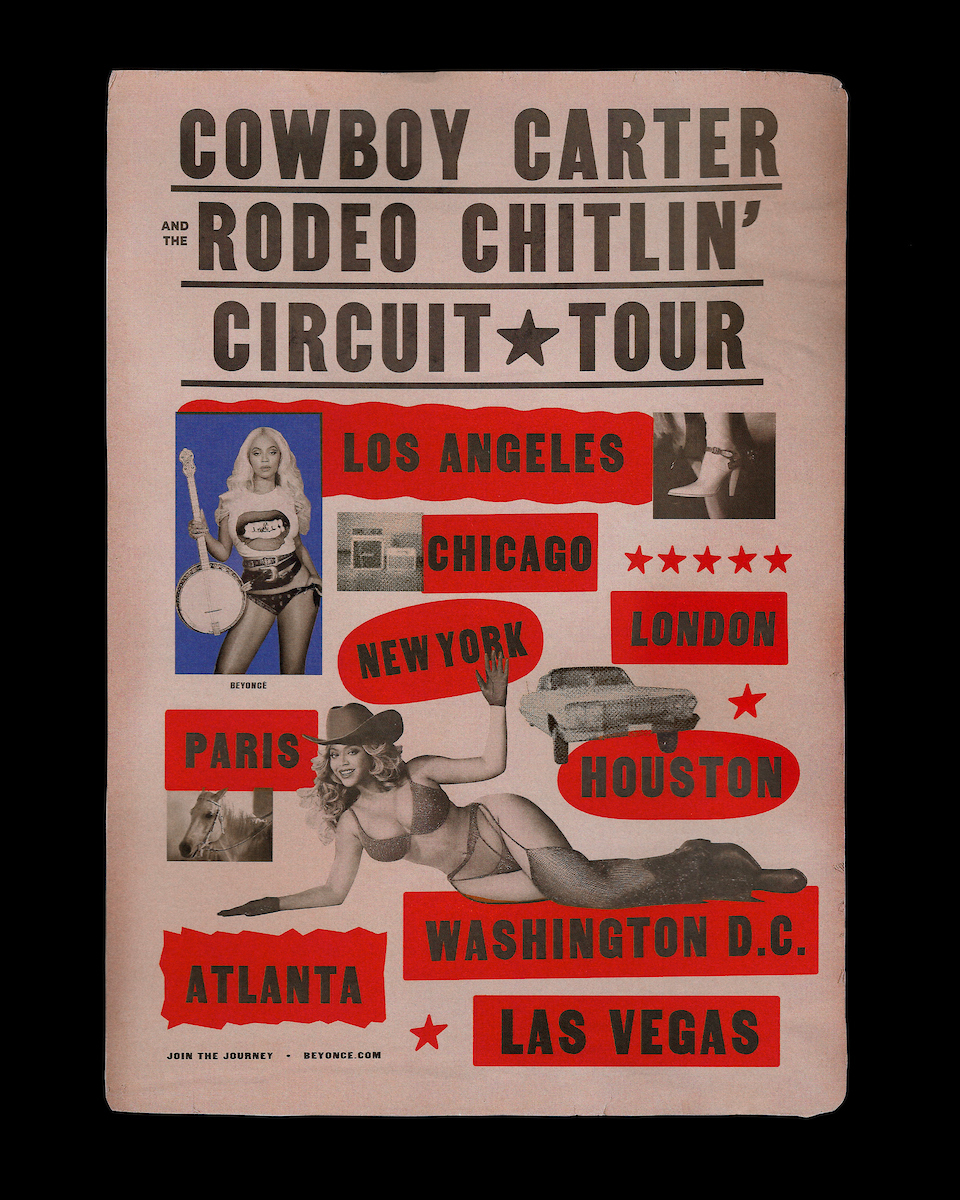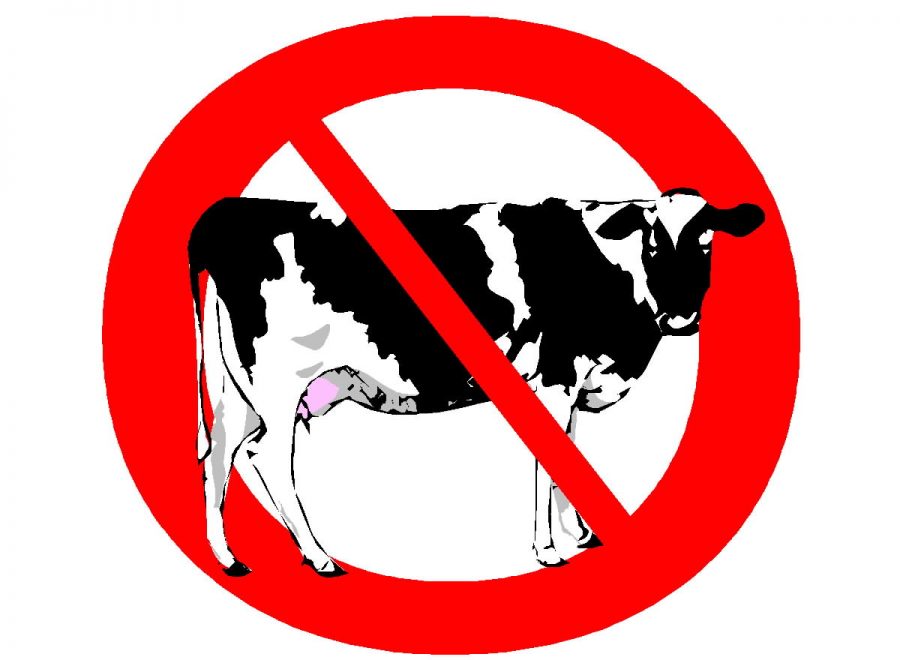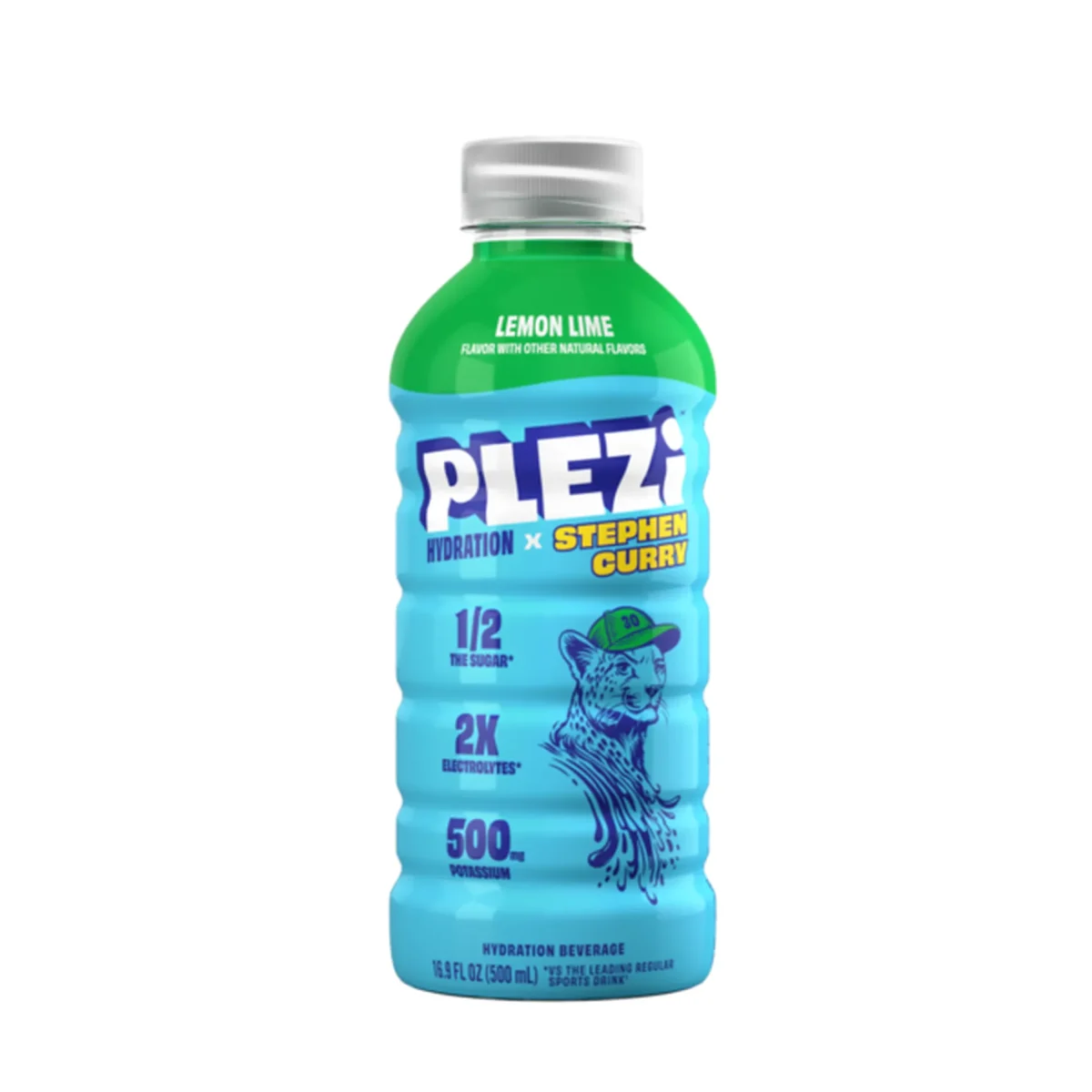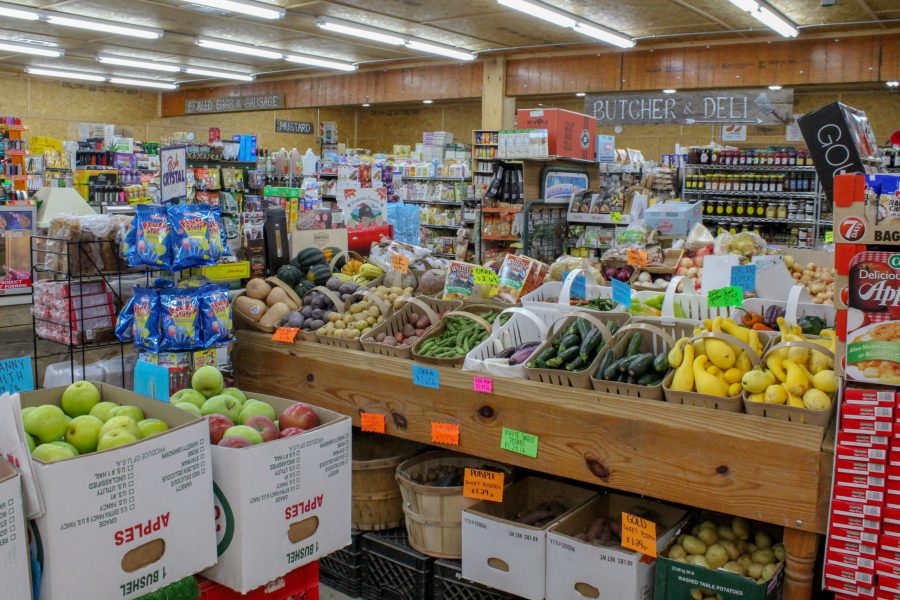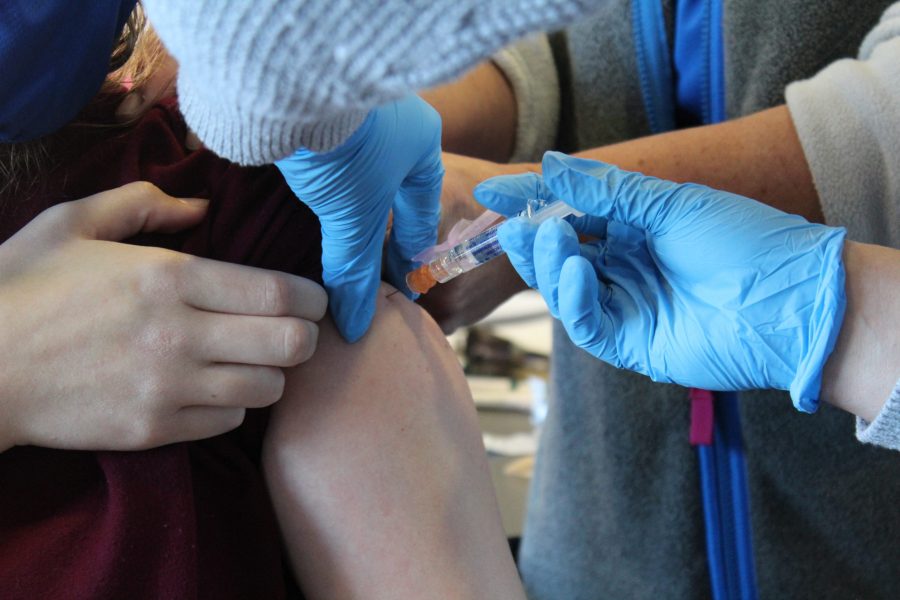Milk has been around for centuries. It has been around since about 8,000 BCE. Milk has been around for so long to the point people are starting to make milk out of different substances. Dairy-free alternatives have not been around as long as dairy, but they have been out to the public since the 1950s, making soy milk the first original milk replacement.
Some people enjoy consuming dairy milk, but others do not tolerate dairy which makes it difficult for them to consume. People with lactose and dietary problems often look for alternatives, some include almond, soy, rice, oat, coconut, hemp, cashew, hazelnut, and pea milk. The top three healthiest alternatives are hemp, oat, and almond milk.

The comparisons between hemp, oat, and almond milk are similar to each other. Hemp milk has 60 calories per cup, oat is 130, and almond milk is 29. Regular milk has 259 calories per cup which is higher compared to the alternatives. Hemp milk has 3g of protein per cup, oat has 4g, and almond has 1g. Milk has 9g of protein per cup. Hemp, oat, and almond milk all have lower total fat count than regular milk.
Many people argue that milk alternatives do not give you enough calcium like cows’ milk, but according to research most alternatives have more calcium. Hemp has 283mg of calcium per cup, oat has 350mg, and almond has 451mg, compared to milk having 300mg per cup. The average person needs up to 2,500mg of calcium per day which makes drinking alternatives better for you.
Alternatives have lower fats and sugars compared to milk. Regular milk may be part of your daily diet, but trying new alternatives is always good. Drinking alternatives can also help the environment because it would decrease the use of water to maintain cows. Less cows also means less methane that gets trapped in the atmosphere. Methane is part of the greenhouse gasses that contribute to global warming.
A 2018 study by researchers at the University of Oxford showed that producing a glass of dairy milk results in almost three times more greenhouse gas emissions than any plant-based milk and it consumes nine times more land than any of the milk alternatives.
Helping the planet takes small steps like recycling, turning off the lights, not wasting water, reducing or eliminating meat consumption, and drinking alternative milks. Lately, public figures, YouTubers, TikTokers, and other people have been posting a lot with oat milk drinks from Starbucks. This could be a start of promoting alternative milks because they know people will want to copy them. Alternatives have been out for so many years, but out of nowhere it became trendy and more people have got into drinking alternatives.








